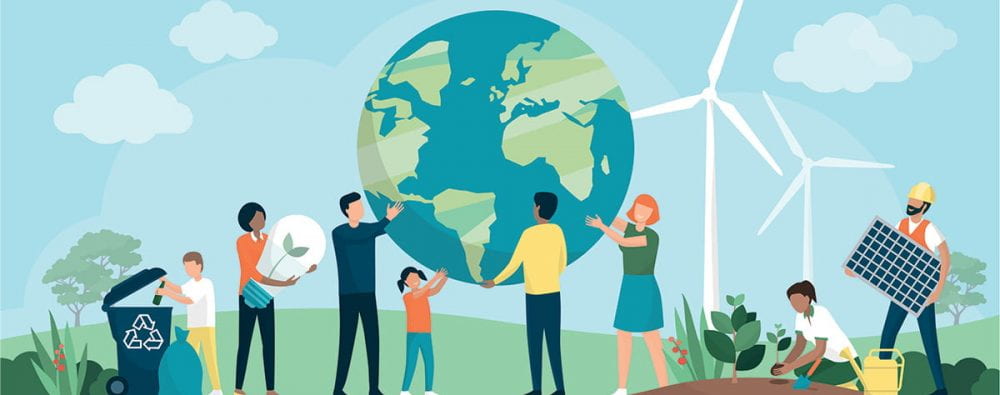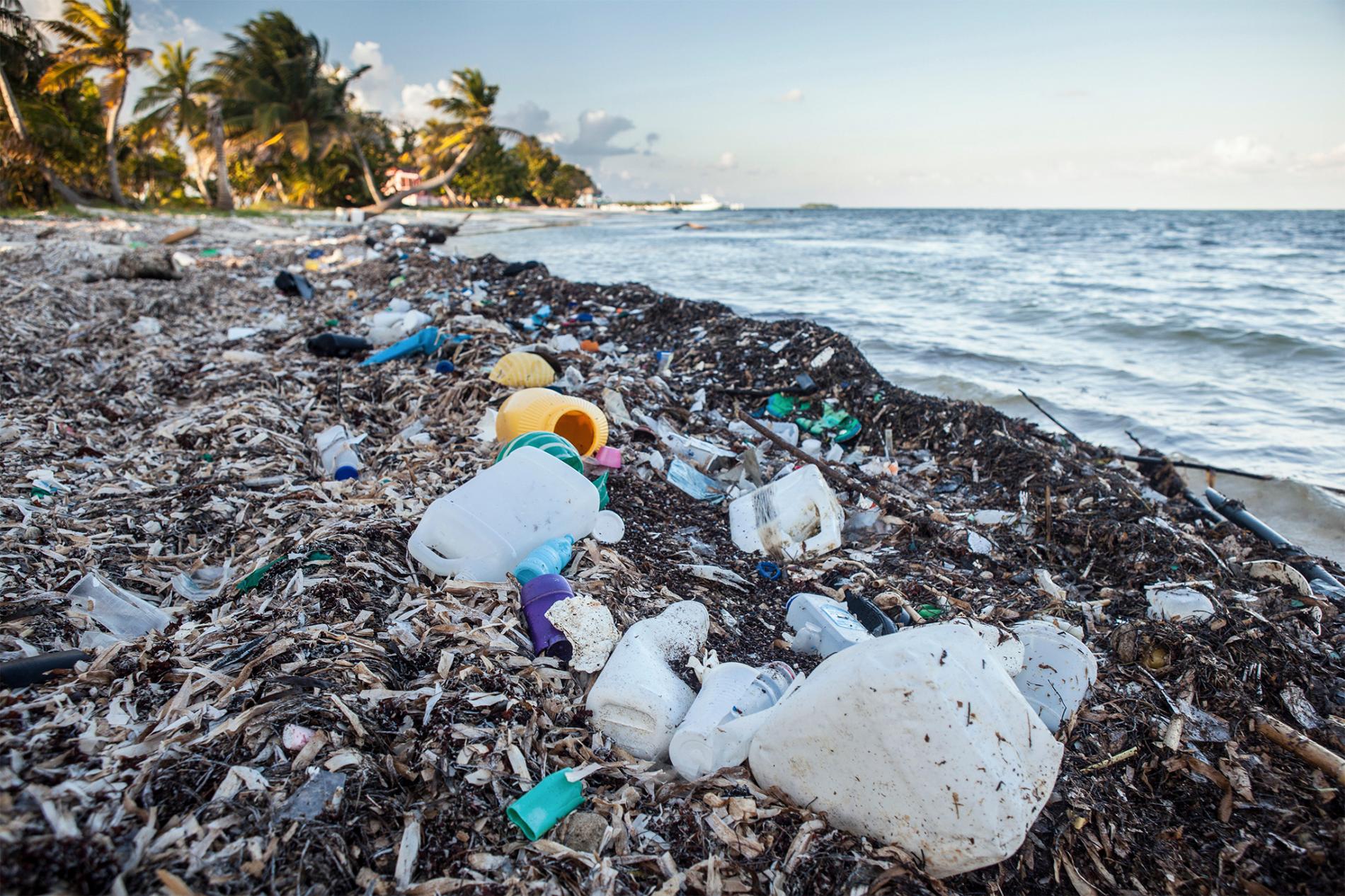Who’s ready to kick off Earth Week! Let’s talk about the importance of caring and taking care of our Mother Earth. Whether you live a sustainable life or not, it is always important to understand and appreciate the Earth since it is considered quite an essential part to our survival.
(Cough Cough) Air Pollution, where is it coming from?
Air pollution is a term that refers to the release of pollutants into the air that are bad for human health and bad for the planet as a whole. Pollutants come from the burning of fossil fuels that release gases and other bad chemicals into the air and these pollutants cause air pollution that affects almost everything on this Earth. Starting with humans, long term effects of air pollution include heart disease, lung cancer, respiratory diseases and other problems. In turn, air pollution can damage Earth’s ozone layer and cause climate change. It’s important that we are cautious about our air quality and one way you can help is by watching how much gasoline you are burning. Instead of driving places, take your bike or walk to your destination a few days out of the week.
Protecting our Ecosystems
The way we treat the Earth has a direct impact on our ecosystems. Pollution such as plastic and waste being thrown everywhere ends up in our oceans and our natural habitats. When plastic ends up in the ocean it hurts not only the quality of the water but hurts species living in the ocean that are looking for food. As for pollution hurting our natural habitats, pollution can cause muddy landscapes, poisonous soils that allow for bad plants to be grown and good plants to be killed and it can also hurt animals that live in that area. How can you help? You can limit pollution by limiting the waste you produce! You can do this by recycling, by composting and by volunteering to pick up trash around the area you live.
Did someone say jobs? Foster Economic Growth and Pave the Way for the Future!
When the environment is protected and taken care of, it paves the way for future jobs that can help keep up with environmental conservation and increase the economic value of local communities. The way we treat the Earth today will affect future generations to come. It is important that you do your part to live a sustainable lifestyle, help volunteer where you can and educate others around you of the importance of taking care of the Earth we live on. By doing all of these things, you will set the positive tone for a greener future and environmental awareness for the public!
CHALLENGE: Let’s Take Bold Steps Forward to Protect Our Planet!
I challenge you to save this checklist by downloading it or taking a screenshot and take 30 days to complete as many tasks on this list as you can! By checking off the tasks on this checklist you are taking bold steps forward to protect our planet! Show us your tasks by tagging us at #Envirojunkiess on Twitter and @Envrojunkies on Insta!
| Done! | 10 Tasks to Help Protect the Earth |
| Recycle 25 items | |
| Volunteer for a local clean up in your community | |
| Educate at least 3 people on ways they can protect the earth | |
| Conserve water for 2 weeks straight | |
| Invest in a reusable bag for grocery store runs | |
| Only shop at a thrift store for clothes for 30 days straight | |
| Plant a plant (bonus points for a tree!) | |
| Learn About Composting | |
| Take the bike instead of the car at least 5 times | |
| Buy a reusable water bottle and ditch the plastic ones |
Check Out This Motivational Video Encouraging You to Take Bold Steps to Protect Our Planet
References
https://www.greenspaces.com/blog/2020/9/30/6-reasons-why-we-should-care-about-the-environment
https://www.nrdc.org/stories/air-pollution-everything-you-need-know













